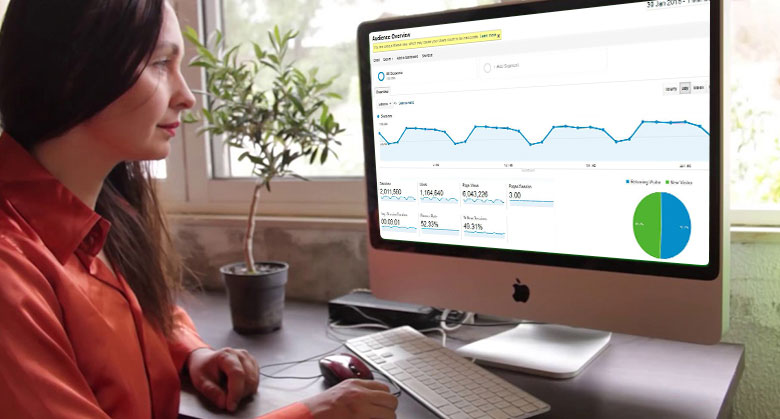When was the last time one of your digital vendors offered to go through their traffic’s performance in your Google Analytics? Never, you say?
There’s a reason that almost every digital vendor has created their own backend reporting tool. They want to be able to control which data you see. Don’t fall for it. You already have all the data you need to make smart, effective decisions about how and where to spend your digital marketing dollars.
Your first order of business should be setting up a View in your Analytics that contains website Goals that are important to you. Best practices dictate one View that covers only lead conversion actions, such as Contact forms, Click to Call, or Finance forms, and another that covers behavioral interactions, like looking at Hours & Directions, VDP views, and SRP views. This will enable you to judge the performances of all your vendors using a consistent set of metrics.
Once you have all your Goals set up and you have at least one month’s worth of data, you’re ready to start evaluating performance. Navigate to your main reporting page by clicking Acquisition > All Traffic > Source/Medium. In the upper right hand corner, choose the date range you’d like to see and click “apply.” Your traffic sources (organic plus vendors) will be listed along the left hand side of the table in descending order based on how many clicks they sent for that time period.
There are multiple metrics that are automatically included on your reporting page, such as Bounce Rate, Time on Site, Pages per Session, and Conversion Rate. These metrics will help you determine the quality of the traffic that your vendor is sending to your site.
The Bounce Rate measures traffic that came to your website but then immediately left without engaging your site at all, so for this metric, the lower, the better. If you’ve got a vendor whose traffic is bouncing above 50%, it’s time to have a talk with them about better targeting. If you’ve got a vendor whose traffic is bouncing at 25% or below, youmight have a keeper, depending on how the rest of their metrics stack up.
Time on Site and Page per Session are pretty self-explanatory. Website engagement sells cars, so the longer you can keep a visitor on your site, the higher the chances they’ll convert to a lead.
Possibly the most important quality metric of all is Conversion Rate. This measures how often traffic on your website completed at least one of the Goals in the View you’re in. If you’re in a View containing lead form Goals, you’ll have to ability to calculate a rough ROI.
First generation leads historically have a closing ratio of between 20% – 40%, so their quality far outshines that of third generation leads, which typically result in a sale at a rate between 5% – 7%. So how can you use this data to get a program’s ROI?
For example, if a program costs $1000/month and your Analytics show that 10 lead forms can be attributed to this source for the month, based on average closing ratios for first generation leads, you can make a conservative estimate that at least 2 cars (20% of 10 leads) were sold as a result of that vendor’s traffic. Assuming a front end gross of about $2000 per sold vehicle, you are looking at $4000 profit. Subtracting the $1000 you had to spend on the program, you’re left with a total of $3000 profit, or a 3X ROI.
Being the captain of your own Analytics ship might take a little getting used to, but the bounty that awaits you in saved expenditures on junk programs, and increased profitsfrom great programs, will really put the wind in your “sales.”


